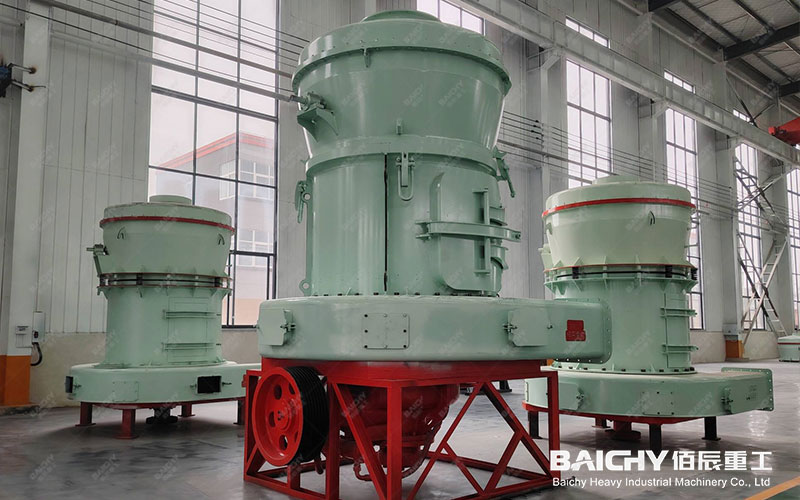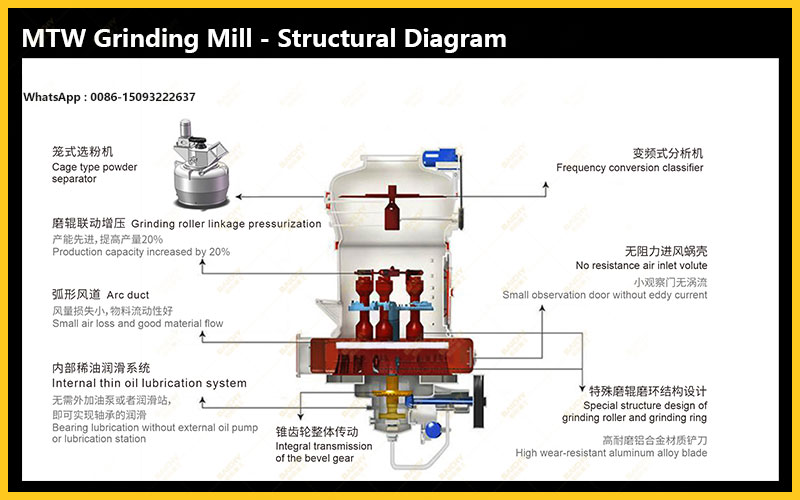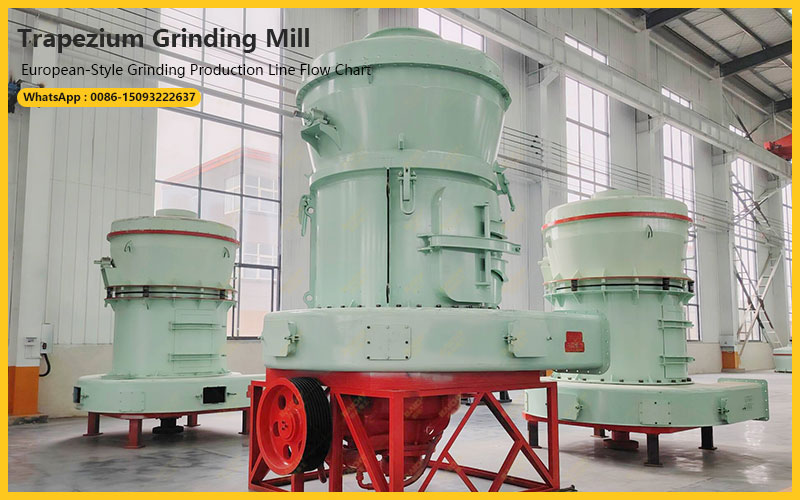
In the complex and crucial iron ore beneficiation process, grinding is the core link connecting crushing and separation, and its efficiency directly determines the grade and recovery rate of the final concentrate. As the "main force" in the grinding stage, the selection of the ball mill is paramount. Different types of ball mills each have their own advantages and disadvantages, suitable for different process requirements. This article will focus on the three most common types of ball mills—overflow type, grate type, and cone type—and explain their applications in iron ore beneficiation.
I. Overflow Type Ball Mill
• Working Principle: Material enters the cylinder from the feed end. After being impacted and ground by steel balls, qualified fine particles are "overflowed" out with the slurry suspension from the hollow journal at the other end, hence the name overflow type ball mill.
• Advantages:
◦ Simple structure and easy maintenance.
◦ Less over-grinding, finer and more uniform product particle size, particularly suitable for subsequent magnetic separation, flotation, and other refining operations.
◦ Stable and reliable operation.
• Disadvantages: Slow discharge speed, high slurry level inside the mill, and long material residence time may result in relatively low throughput and high energy consumption.
• Application in iron ore beneficiation: Typically used in the second stage of fine grinding or regrinding. When it is necessary to grind iron ore to a finer particle size (e.g., -200 mesh accounting for more than 80%) to fully liberate iron minerals and gangue, the overflow ball mill is an ideal choice, laying a solid foundation for obtaining high-grade iron concentrate.
II. Grate Ball Mill
• Working Principle: The main difference from the overflow type is the presence of a grate plate at the discharge end. Forced discharge, with a lower slurry level, allows finely ground material to be promptly lifted through the holes in the grate plate to the discharge port.
• Advantages:
◦ High throughput and high efficiency. Forced discharge avoids over-grinding and material retention, accelerating material throughput.
• Advantages: Low slurry level inside the mill allows for effective impact of the steel balls, resulting in high grinding efficiency.
• Production capacity is 10%-25% higher than overflow mills of the same specifications.
• Disadvantages: Relatively complex structure; the grate plates are prone to wear and require regular replacement; product particle size is relatively coarse.
• Application in iron ore beneficiation: It is the primary grinding stage for the first stage of coarse grinding. It is particularly suitable for processing hard, coarse-grained iron ore, efficiently completing the initial crushing task and preparing for the next stage of fine grinding. It is a key piece of equipment for achieving high output and high efficiency.
III. Conical Ball Mill
• Working Principle:The mill body is pided into conical and cylindrical sections of different lengths. Material is fed into the conical section at the inlet. As the mill rotates, steel balls of different diameters are graded, with larger balls concentrated at the inlet (strong impact) and smaller balls tending towards the outlet (strong grinding), thus achieving a more rational mechanical distribution.
• Advantages:
◦ Extremely high grinding efficiency. Automatic steel ball classification ensures that the impact and grinding actions of the materials are effectively separated, resulting in relatively low energy consumption.
◦ More optimized product particle size distribution.
• Disadvantages: Complex structure, high manufacturing and maintenance costs, and larger weight and volume.
• Applications in iron ore beneficiation: Suitable for single or double-stage grinding in medium to large-scale beneficiation plants. When extremely high energy consumption and grinding efficiency are required, the cone mill is a superior choice compared to conventional ball mills; however, its higher initial investment requires comprehensive evaluation.
Summary and Selection Recommendations
| Type | Applicable Stages | Product Features | Core Advantages | Applicable Scenarios |
| Grid Ball Mill | First Stage Coarse Grinding | Coarse Particle Size | Large Processing Capacity, High Efficiency | Processing Raw Ore, Pursuing High Yield |
| Overflow Ball Mill | Second Stage Fine Grinding/Regrinding | Fine and Uniform Particle Size | Less Over-grinding, Superior Product | Concentrate Regrinding, Requires High Grade |
| Cone Ball Mill | Single/Two-Stage Grinding | Reasonable Particle Size | High Grinding Efficiency, Low Energy Consumption | Large-Scale Beneficiation Plants, Focus on Energy Efficiency |
Conclusion: There is no "best" ball mill, only the "most suitable" one. Your choice should be based on the physical properties of the iron ore (hardness, particle size), designed capacity, target product particle size, and overall investment and operating costs. Typically, large iron ore beneficiation plants use the classic configuration of "grid type (coarse grinding) + overflow type (fine grinding)" to balance efficiency and quality. Conical ball mills offer an excellent option for large-scale projects seeking maximum energy efficiency.










